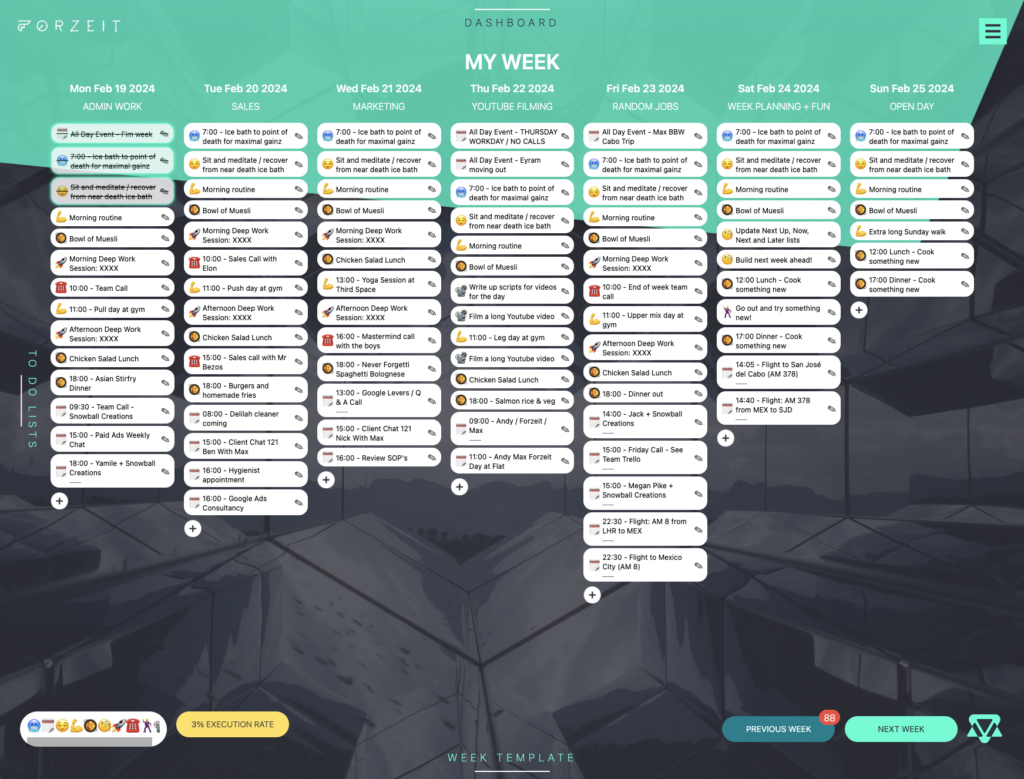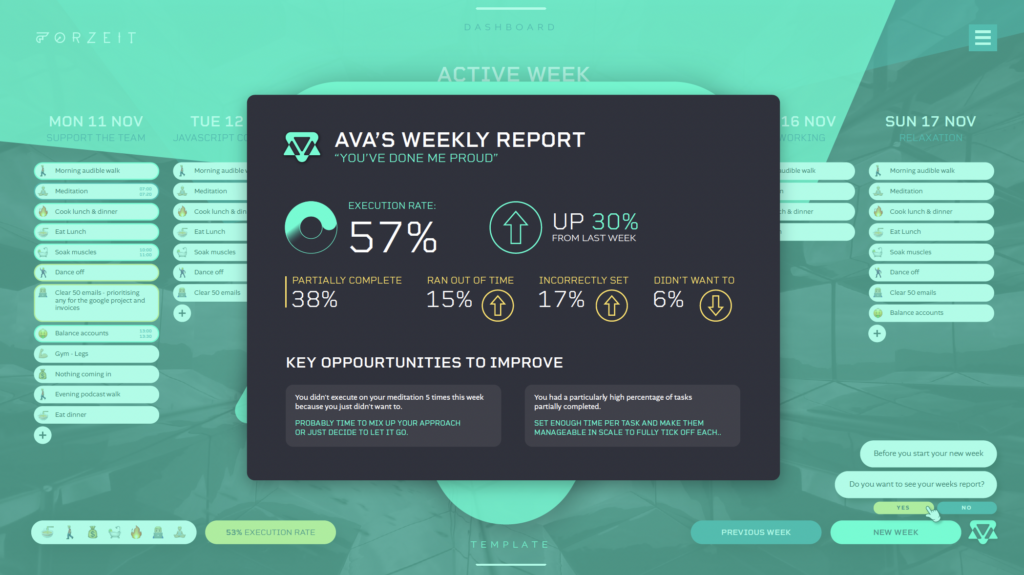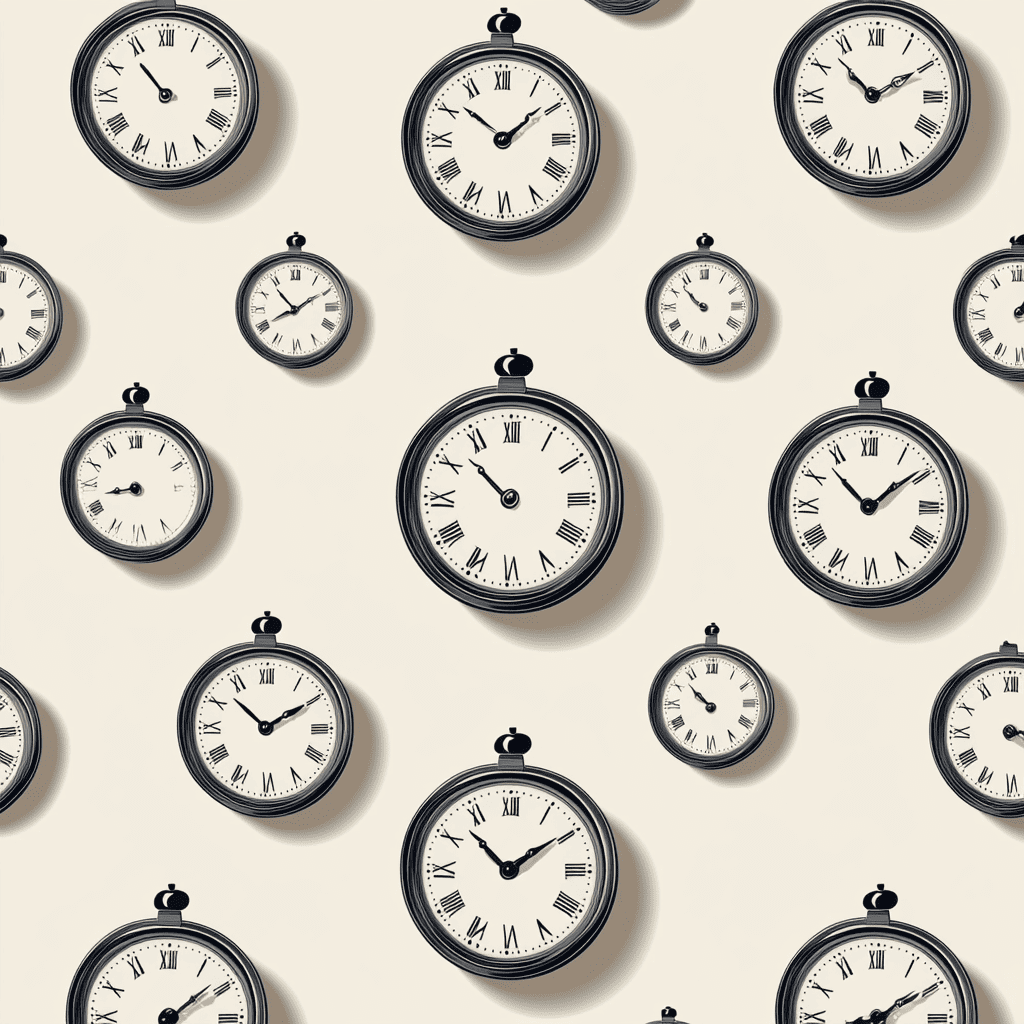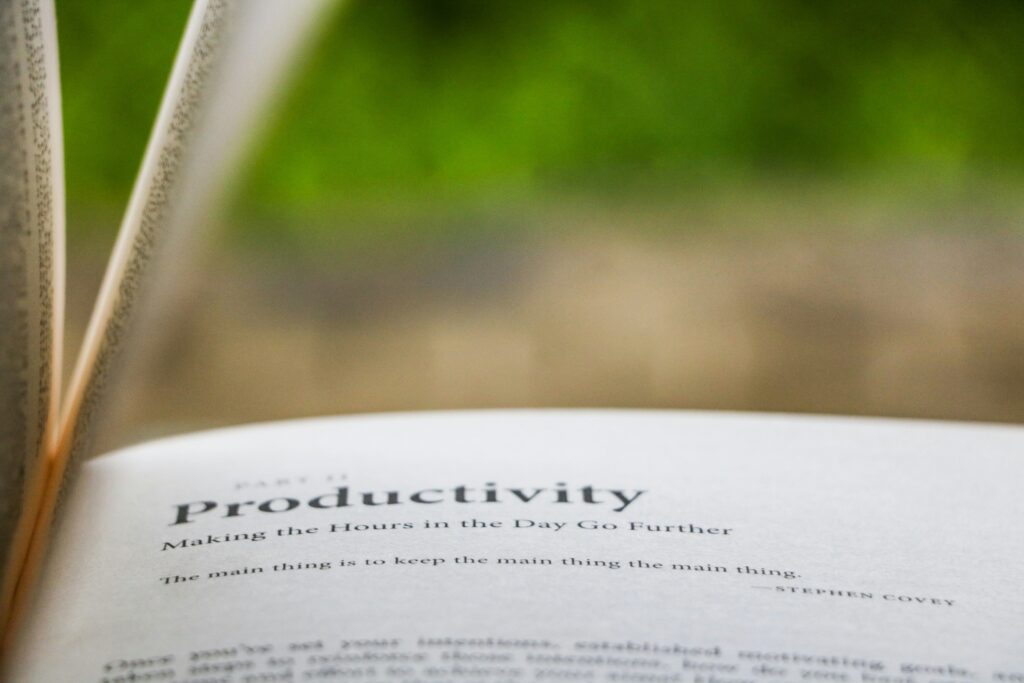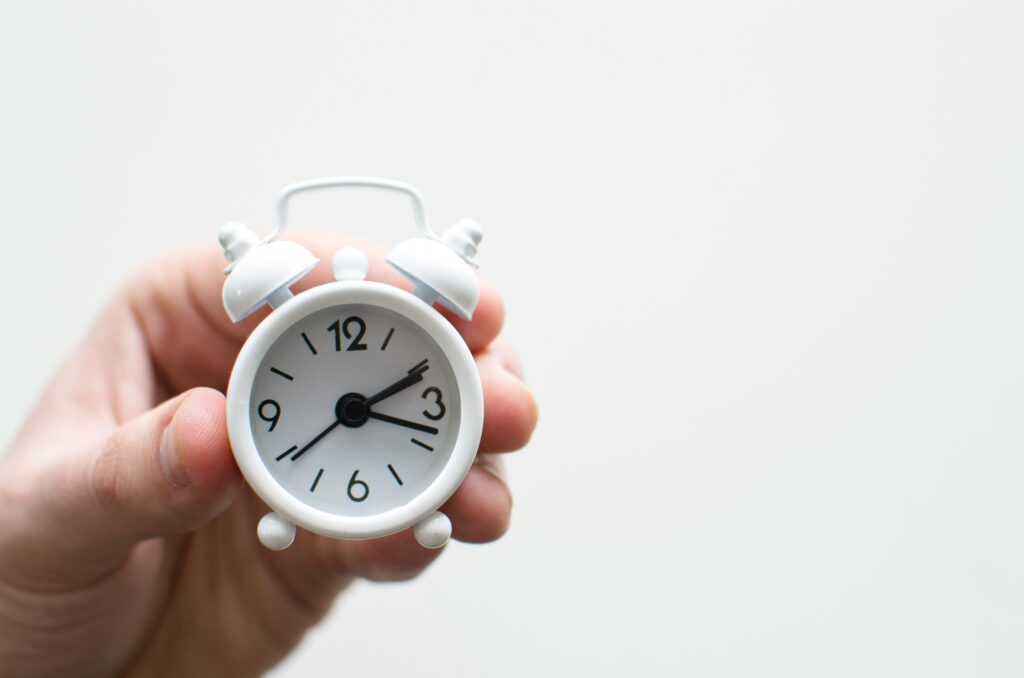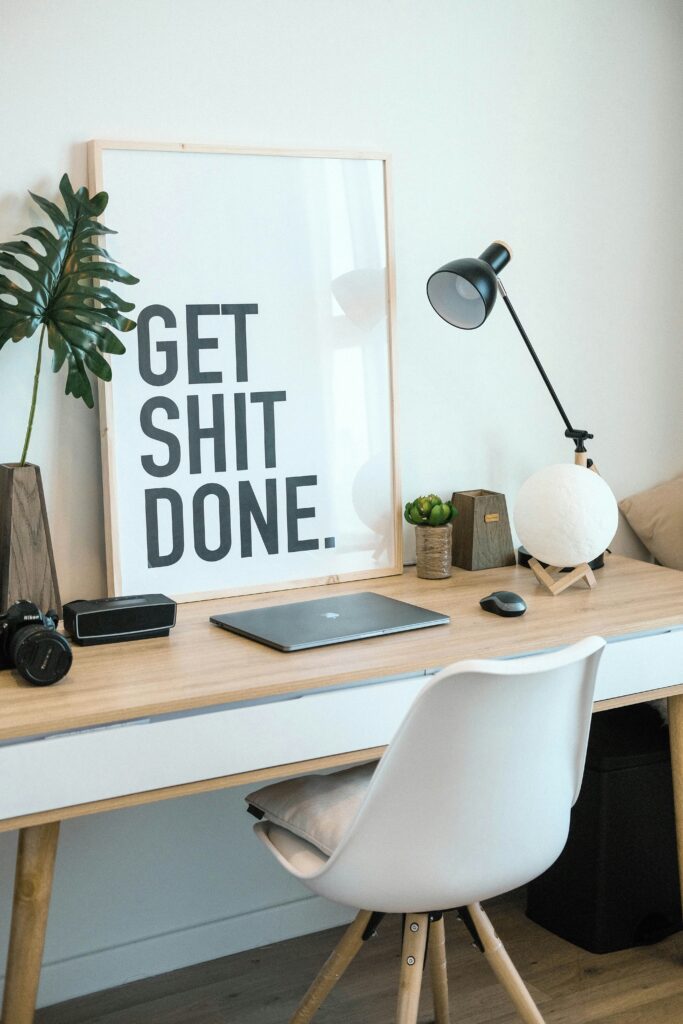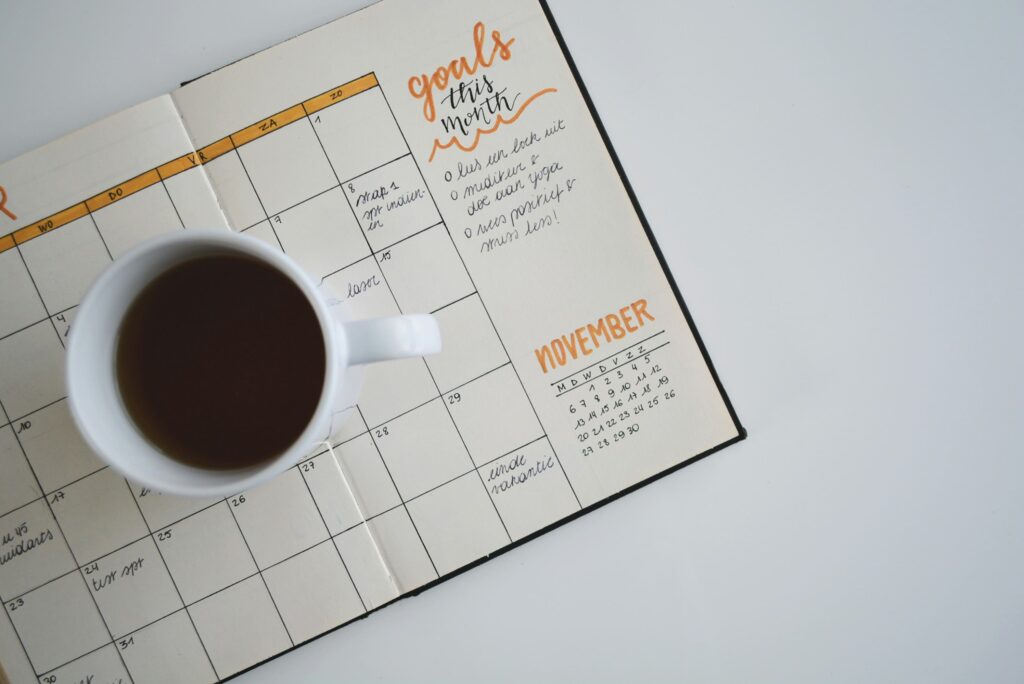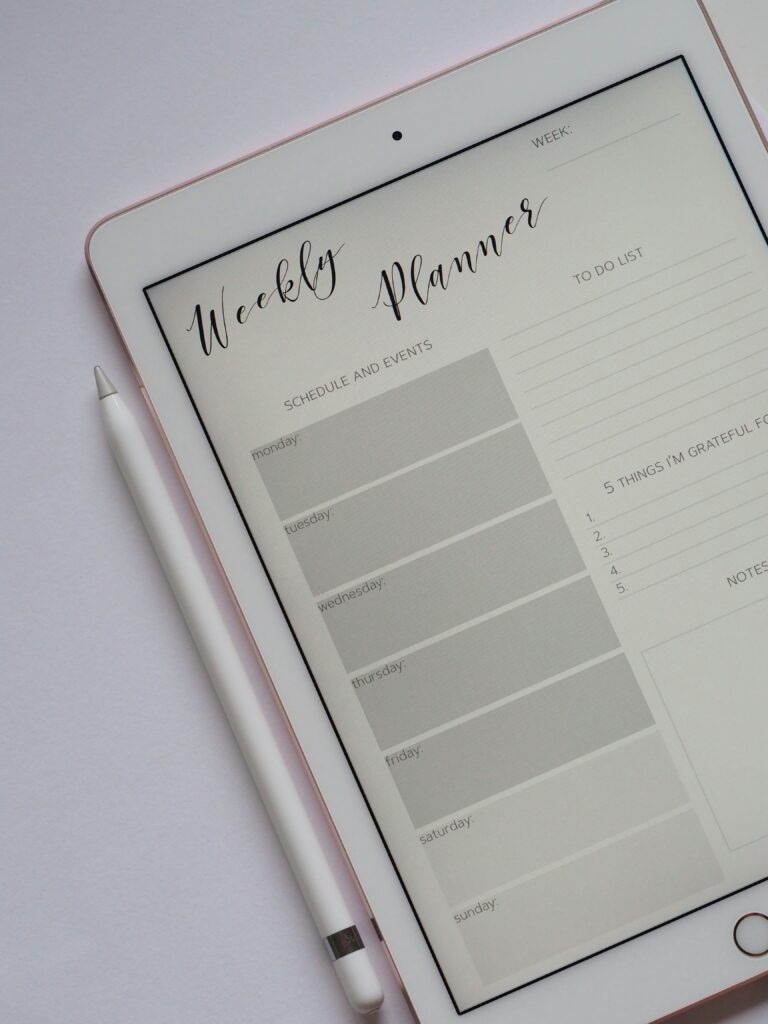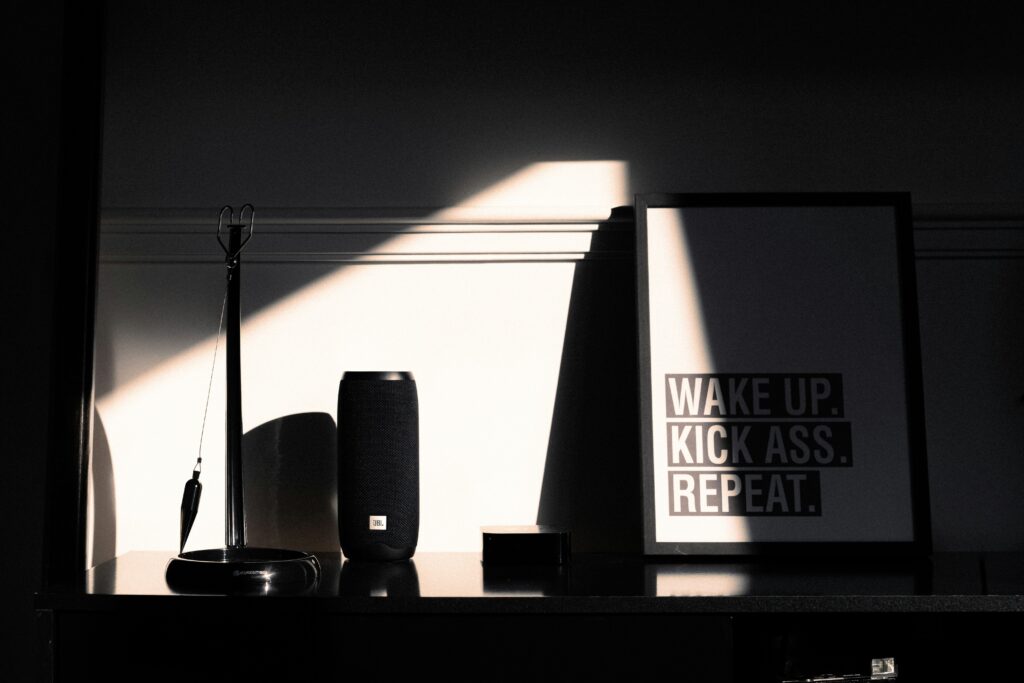5 Time Management Hacks to Level Up Your Week
“In the future, a time machine will be built; but no one will have time to use it.” – George Carlin
We all have the same 24 hours a day. Yet somehow, some people glide through life like task-slaying gladiators while the rest of us feel like we’re living Groundhog Day, featuring emails and mild to moderate existential dread.
The secret is not having more time; it’s managing it better. It’s easy to feel overwhelmed in today’s fast-paced world, with endless to-do lists, work responsibilities, family obligations, and unexpected life events.
The good news is that studies have shown that effective time management boosts productivity, reduces stress, and achieves a better work-life balance. Our top time management hacks are easy to implement. Whether you’re tackling work tasks, managing household responsibilities, or working toward personal goals, we’ve got you covered.
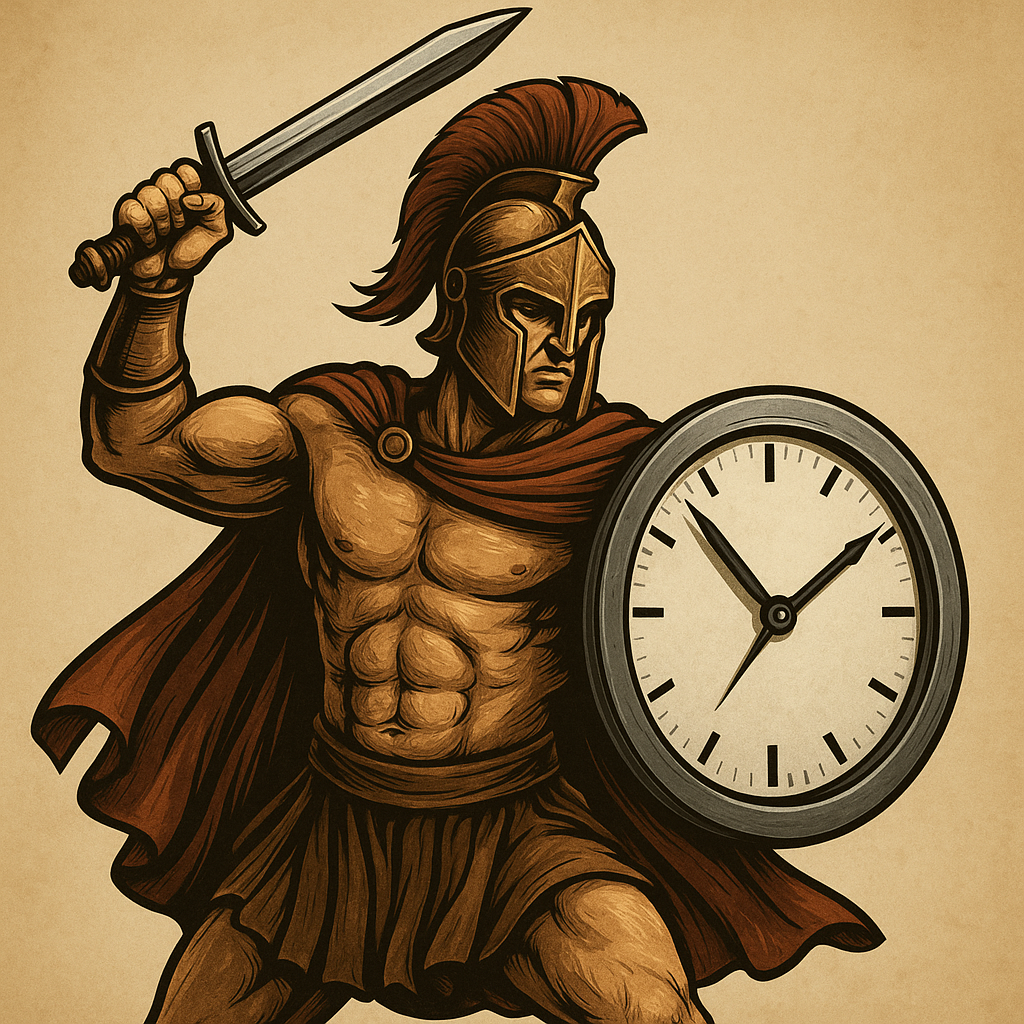
1. Time Audit
Examining your current situation is the first step to better time management. The audit involves logging all your activities and your spending on each. This will give you a clear picture of where you can make improvements.
Step 1: Decide how you will track your activities. You can do this on paper, a productivity app, or a digital planner. Forzeit’s templating feature is ideal for recording your week and creating a template for your ideal week.
Step 2: Record everything you do for a week. Include admin tasks, work-related activities, and personal activities such as going to the gym, walking the dog, or watching Netflix.
Step 3: Visualise your perfect day, write down everything you see yourself doing.
Step 4: Compare your perfect day with your recorded week. Label the tasks aligned to your values as high-priority in your recorded week. For example, your exercise routine should be a top priority if you value your health. Identify the areas you want to spend less time on.
Step 5: Create an action plan to prioritise important tasks that align with your values and a plan to eliminate the ones that don’t.
Once you can identify where you are compared to where you want to be, it’s easy to implement one of the time management strategies below, such as time-blocking, the two-list strategy, and others.
2. Two-list Strategy
Popularised by Warren Buffett, arguably one of the most successful figures of our century, his ‘two-list strategy’ is a time management and goal-setting hack he uses to help his employees prioritise.
In a conversation with his longtime pilot, Mike Flint, Buffett shared this approach to help Flint think through his career goals. He asked Flint to write down his top 25 goals and then highlight the 5 that were most important.
When Flint said he’d focus on those top 5 but still work on the rest occasionally, Buffett corrected him. He explained that the other 20 should become an ‘avoid at all costs’ list. The reason for this was not because they weren’t worthwhile, but because they would distract him from what truly matters.
It’s often the tasks you care about but lack fundamental importance that pose the most risk of distracting you. That’s why Buffett’s two-list strategy is so powerful: it helps you avoid ending up with 20 half-finished projects and keeps your focus on the ones that truly matter.
Here’s a quick look at the steps needed for this strategy:
Step 1: Make a list of 25 goals; these can be for your entire career, the year, or a shorter time frame.
Step 2: Highlight the 5 goals that are most important to you.
Step 3: Dedicate all your focus to these 5 goals, and make the rest your ‘avoid at all costs’ list until the 5 top ones are completed.
Time management solutions like Forzeit are not only helpful for planning out your weeks, but also for focusing on goal setting and holding you accountable for them.
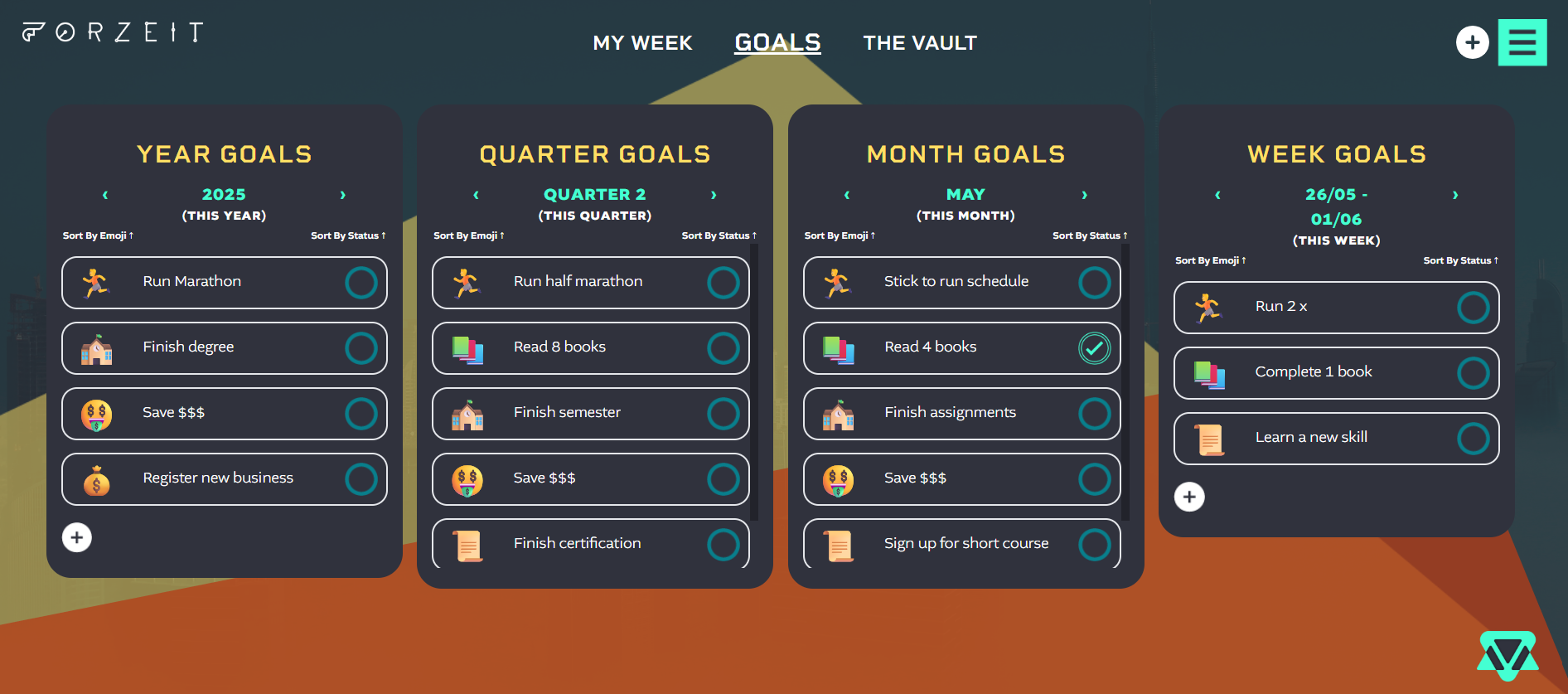
3. Time Blocking
Time blocking is a popular time management hack. It is particularly helpful for managing shorter time frames, such as the workday or week ahead.
Step 1: List everything you need to accomplish in the set timeframe. Include administrative tasks, meetings, personal appointments, and even breaks.
Step 2: Prioritise tasks from the most important with tight deadlines to the least important.
Step 3: Decide how long to put aside for each task.
Step 4: Create time blocks on your calendar for the day/week. When the time block is complete, move on to the next block. If you don’t complete a block, keep moving and return to it when you can. At the end of the day, when you review your time blocks, adjust your future blocks to accommodate any unfinished ones.
Time blocking is an effective way to visualise your day, structure it, and stick to it. However, for it to be truly effective, it’s vital to only focus on the tasks in your current block. Grouping similar tasks such as checking email notifications, instant messaging, and calls into one time-block to limit distractions while focusing on tasks.
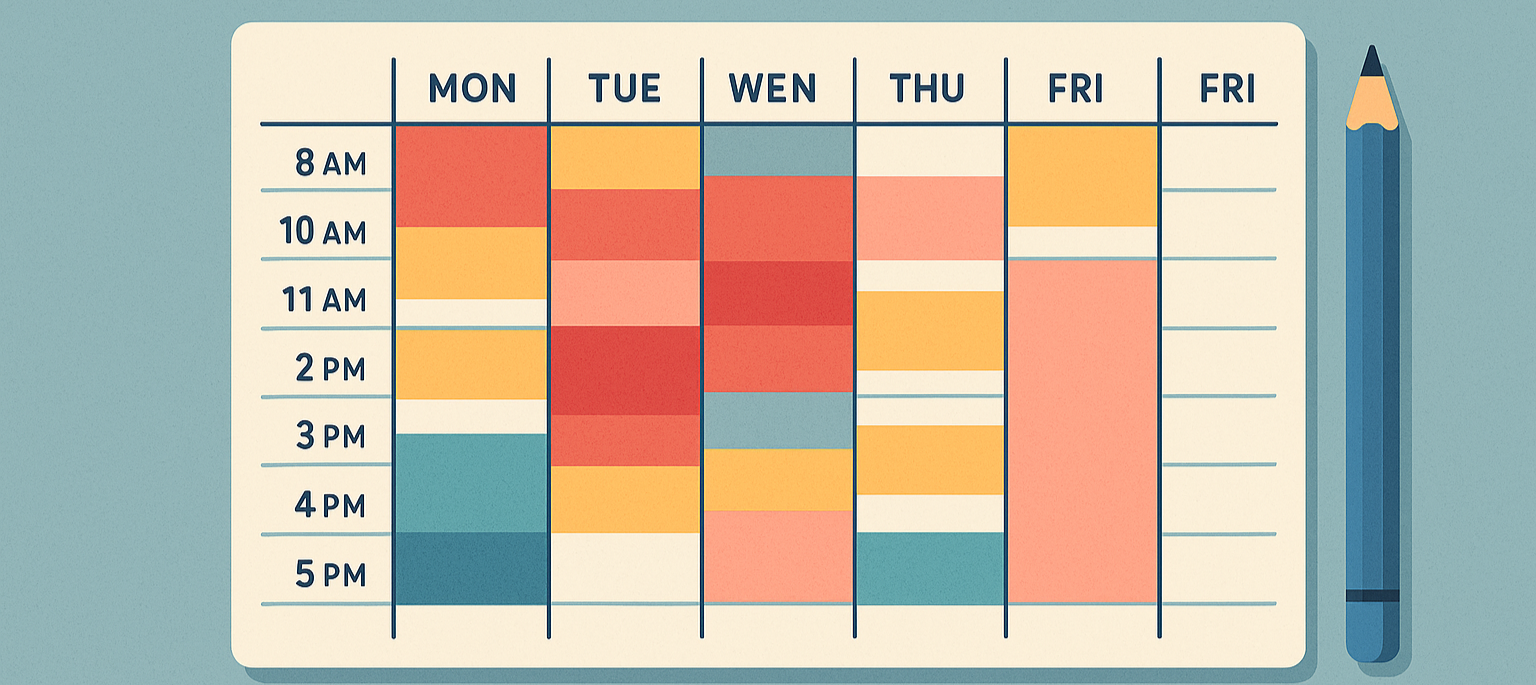
4. Deep work
On average, people check their phones 58 times per day, which is almost 5 times per hour. This simple statistic shows just how distracted we are as a society. Chances are high that you checked your phone before getting to the end of this blog. That’s why best-selling author Cal Newport’s philosophy on deep work is the ultimate hack for making the most out of your valuable time. His theory is that distraction-free deep work is key to mastering new skills and creating high-quality work.
To help people incorporate deep work into their lives, Newport outlines four philosophies for scheduling and organizing deep work:
The Monastic Philosophy is a period of focused, uninterrupted work where distractions and shallow work are eliminated for at least one full day, but can be set for however long is needed to finish a project.
The Bimodal Philosophy consists of blocking dedicated periods to deep work and leaving the rest for shallow work. For instance, setting 4 days per week aside for deep work, and doing admin/ shallow work activities on the last day of the week.
The Rhythmic Philosophy is scheduling a daily time segment to do deep work. This creates deep work as part of the daily routine.
And the Journalistic Philosophy is to fit deep work in whenever possible. This philosophy is likely suitable for people with flexible work schedules who can easily transition into focused states.
5. Time Management Planners
Using a planner can be a helpful hack if you’re looking to improve your time management skills. Both digital and traditional planners have their advantages. For example, people who use paper planners may prefer having their calendar on their wall or where they can be reminded of their to-do list. Others may prefer a digital planner because of its customizability and the ability to access it on the go via their mobile device or laptop.
Some questions to consider when choosing which planner suits you best:
Lifestyle: Do you prefer daily, weekly, or longer-term planning? Digital planners are great for long-term planning. They are easily customisable to move things around as things change.
Sharing: Will you be sharing your planner with your work team, family, or for individual use? Some digital planners offer enhanced collaboration features, allowing team members to assign tasks, track progress, and communicate. Printable or paper planners may be more suitable for a family environment to keep track of appointments, sports matches and to-do lists.
Task management efficiency: Which planner would best complement your time management strategies? Digital planners are fantastic for time allocation, allowing you to adjust blocks and add new ones easily. Some also have enhanced features like automated reminders, priority levels, and progress tracking.
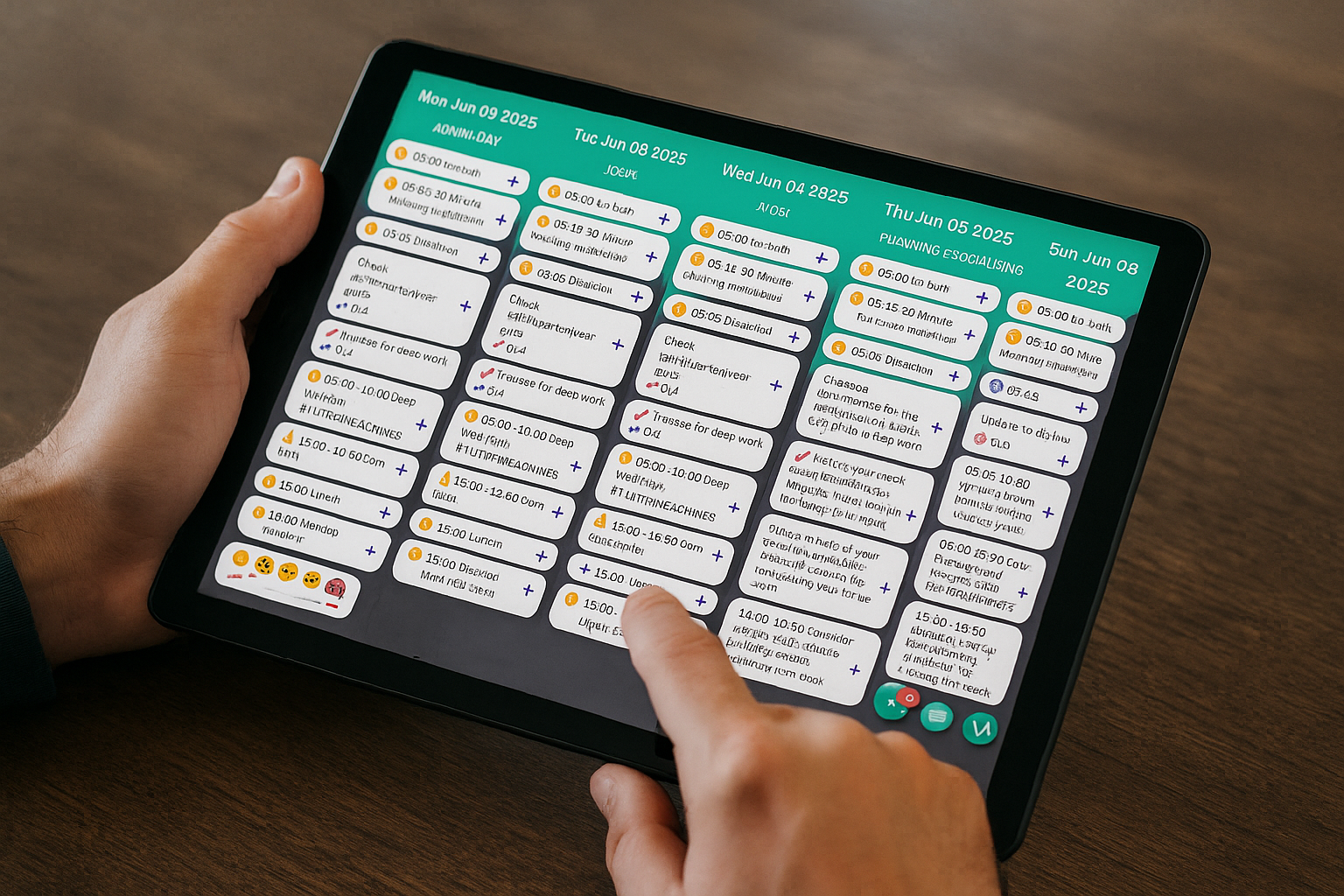
The Common Denominator
Although each hack has slightly different methods, they share a common goal: helping you eliminate distractions, avoid procrastination, and stay focused on the task at hand. Don’t forget to take regular breaks and make time for relaxation to prevent burnout.
Pairing one of these strategies with incorporating a weekly planner like Forzeit into your daily routine will equip you to focus on what truly matters, whether that’s boosting your productivity at work, personal responsibilities, or simply creating a more balanced life.








